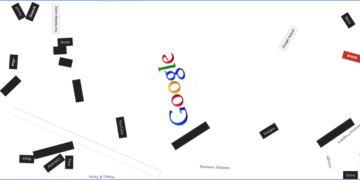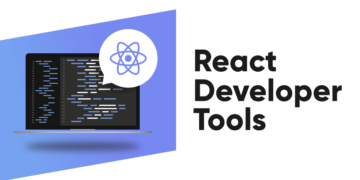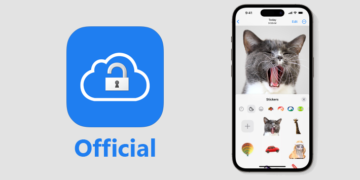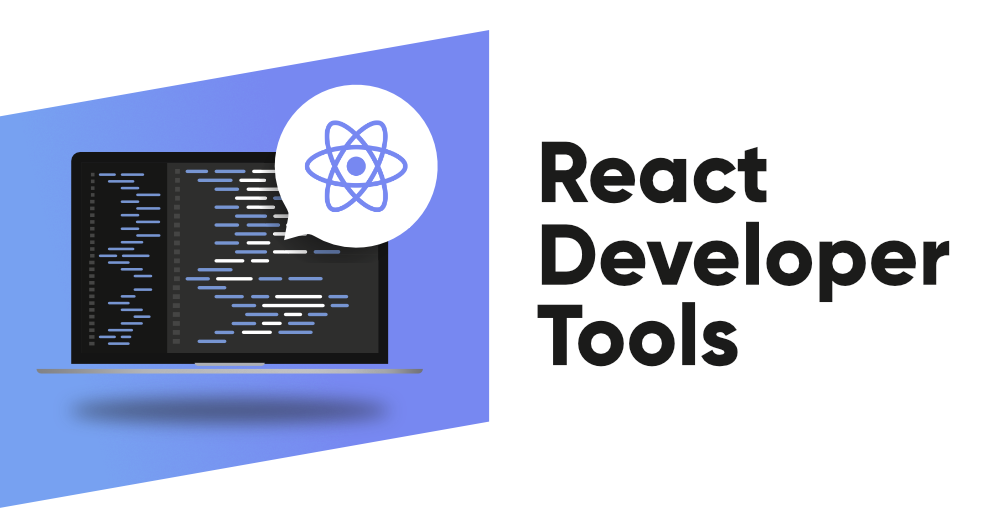React developers are in high demand, or you could say there are many job openings for React developers, in today’s web development market. It is critical to stay current, pick up new skills, and respond to developers. You need to be aware of the top 10 well-known React tools listed below. In order to create effective applications and optimize workflow, React developers need to have the right tools. In this post, we’ll go over some of the top tools for React developers, which will improve your development process overall and help you write better code.
What Exactly are React Developer Tools?
The purpose of the React Developers Tools is to direct the creation of React through a collection of frameworks, libraries, and extensions. To make the code more robust and stable, developers use React tools such as debug extensions, test tools, and code generators.
Here is The List of Top 10 React Developer Tools in 2024
Many debugging tools, or React developer tools, are included with React. These tools simplify the React development and debugging process. Let’s examine the best React developer tools that any developer should have while working with React.
1. Bit
The tool is available as open-source on GitHub. This enables React developers to create a standalone component collection for their application. In summary, this is a useful tool for creating various React components. Bit allows you to access the third-party store.
Key features:
- Share React Components: Divide and distribute React components so they can be used in different projects.
- Version Control for Components: Monitor updates and work together to develop components.
- Locate Reusable Components: Find pre-built parts to reduce the time needed for development.
- Private Component Libraries: Establish internal libraries so that team members can share code.
How to use it:
Bit includes a CLI tool and an online platform. All you have to do is release your react component. After Bit has reviewed it, you can distribute it to other developers. Thus, everything must be developed from the ground up. This is fully capable of handling all the complexities of the code and works with Microfrontends as well.
Also Read : Why do Businesses love to hire Python Developers for tech innovations?
2. React Developer Tools Browser Extension
The React developer tools are available as extensions for a variety of browsers, including Chrome, Edge, Firefox, and others. You can use this tool to examine React’s component hierarchy.
Key features:
- Complete Component View: See every rendered component along with their hierarchy in the Full Component View.
- Drill Down: Examine nested parts in more detail.
- Performance Insights: Locate obstructions and enhance your application.
- Quick Component Testing: Adjust props inside the extension to test different components.
How to use:
Both Firefox and Chrome support it. You will be able to use its various features to debug the application once you have added that to your browser. You can examine the React tree to see how the application’s props, state, and numerous other features function.
3. Reactide
It is the first specifically designed and highly recommended IDE for creating React web applications. If you want to learn more about Reactide, you can use GitHub. If you’re wondering why this one is so well-liked and highly recommended, you should know what it has to offer.
Key features:
- Simplified Setup: External configuration is eliminated by the simulator and built-in server.
- Component Insights: To facilitate understanding, visualize the state, props, and component hierarchy.
- Quick Code Updates: When a hot module reloads, the browser’s code is updated instantly.
- Examine Components: Examine components in greater detail to aid in debugging.
This makes it one of the greatest tools for React developers as a result of these features.
How to use it:
It is not necessary to set up a server configuration. With the aid of an integrated Node Server and a customized browser simulator, this tool is simple to use. There is no longer any need for server configuration or built-in tools thanks to this integrated node server.
4. Rekit
Rekit is an ideal tool for web application developers who wish to create scalable applications using React, Redux, and React-router. According to a recent study by Softwareworld, software development services in the UK have shown a growing inclination towards this tool since it is ideal if you want to deal with business logic only and don’t want to worry about configuration, big libraries, or patterns. Rekit Studio, which gives you a summary of all pages, reducers, and components, is accessible through this tool. Connect this tool to your React project without any delay.
How to use it:
To use Rekit in your React project, run the command listed below to install it.
Syntax:
npm install -g rekit
Installs the Rekit CLI globally.
npm install -g rekit-studio
Installs Rekit Studio globally.
5. Create React App by Facebook
Within the community of React developers, this is one of the most widely used tools. For this, there are over 102K stars on GitHub. It is essentially created by Facebook. Beginners and any new React project would benefit most from it.
Key features:
- Simplified Setup: Create React App takes care of managing complicated build configurations, saving you time.
- Modern Ready: Immediately take advantage of popular modules and contemporary features.
- Quick Start: To get your React project set up, use just one command to begin coding quickly.
- Quick Development: You can see code changes in the browser instantaneously thanks to hot reloading.
How to use it:
Follow the link Create React App: Setting development environment for a detailed description of how to use it.
6. Evergreen
Evergreen is a React UI framework made to make building contemporary web apps easier. It offers a large collection of pre-made, aesthetically pleasing, and functional React components. Evergreen places a high value on composability, making it simple to mix and match these parts to create intricate and dynamic user interfaces.
Key features:
- Pre-built Components: A large library of React components that are ready to use can help you get started quickly.
- Flexible & Composable: Easily combine and modify Evergreen’s components to create distinctive user interfaces.
- Enterprise-Grade Design: Evergreen’s responsive and accessible design language helps you keep a polished appearance.
- Quick Development Experience: Take advantage of server-side rendering support, intelligent defaults, and CSS-in-JS integration.
How to use it:
Install Evergreen as a dependency in your project using npm or yarn.
npm install evergreen-ui
To assist you further, consult their website (https://evergreen.segment.com/) for comprehensive documentation and examples.
7. Storybook
For React developers, Storybook is an effective tool that promotes the development of isolated UI components. It establishes an environment apart from your main application so you can build, test, and document your React components. This guarantees component consistency throughout your project and expedites the development process.
Key features:
- Isolated Development: Storybook gives you the freedom to create components independently of the context and logic of your application. This makes experimenting and debugging easier.
- Interactive Documentation: Create interactive documentation for your components that includes examples of usage, various states, and props. This enhances developer understanding and communication.
- Reusable Component Library: Your reusable React components are housed in a centralized repository called Storybook. This encourages consistency and component reuse across your application.
- Visual Testing: To make sure components render correctly in a range of scenarios, facilitate visual testing.
How to use it:
Installation: Use the official tutorial at https://storybook.js.org/tutorials/intro-to-storybook/react/en/get-started/ to set up Storybook in your current React project.
Create stories: Establish narratives for each of your components, which serve as representations of various states, props, and use cases.
8. Jest
Jest is a feature-rich JavaScript testing framework created especially to make testing React applications easier. Jest, which was created by Meta before Facebook, has many features that make creating and executing tests effective and pleasurable.
Key features:
- Easy Setup: Jest requires little setup, so you don’t need to spend a lot of time setting things up before you can begin writing tests.
- Smooth Integration: Jest reduces friction in your development workflow by integrating with well-known React projects and tools in a seamless manner.
- Snapshot Testing: With Jest’s snapshot testing feature, you can quickly confirm that your components’ outputs render correctly in a variety of scenarios.
- Code Coverage: Make use of Jest’s built-in code coverage features to examine how thoroughly your tests cover your codebase. This aids in locating regions that might need more testing.
9. React Styleguidist
With the help of the all-inclusive tool React Styleguidist, you can make and manage a living style guide just for your React components. It provides a centralized location for isolating, documenting, and testing your components.
Key Features:
- Living Style Guide: Create a dynamic style guide with interactive examples to highlight your React components. Development teams benefit from improved understanding and communication as a result of this.
- Interactive Documentation: You can use Styleguidist to create Markdown documentation for your components, which includes definitions for props, usage examples, and descriptions. Interactive component previews may be shown with these descriptions.
- Isolated Development & Testing: A similar isolated environment to Storybook is provided by Styleguidist for component development and testing. This makes experimenting and debugging easier.
- Hot Reloading: As you modify your components, get real-time updates. Styleguidist instantly reflects your modifications by automatically reloading the style guide.
How to use it
Add React Styleguidist to your React project as a development dependency.
npm install –save-dev react-styleguidist
10. React-proto
For React applications, React-Proto is a special tool that connects the design and development phases. It makes the early stages of development more efficient by providing a visual interface for prototyping the functionality and structure of your application.
Key features:
- Visual prototyping: Assemble the design of your React application by dragging and dropping UI components. This enables quick iterations and early user interface feedback.
- Component Hierarchy Definition: Utilize the Component Hierarchy Definition tool in React-Proto to outline the structure of your React components. The data flow and component relationships are made clearer by this visual representation.
- State and Prop Management: Using React-Proto, visually define the starting states and props for your components. This makes it easier for developers and designers to communicate.
- Code Generation: React-Proto can generate React code for your components once your prototype is complete, providing developers with an early advantage during the implementation stage.
How to use it:
- Install React-Proto (see the website for details).
- Launch a project and work on a prototype.
- Generate React code to get your development off to a fast start.
In summary
The Top 10 React Developer Tools that are essential for any React developer were discussed in this article. These tools provide a wealth of resources that improve productivity, streamline development processes, and help developers create React apps that are both high-caliber and high-performing. Making use of these resources will greatly simplify and enhance your development journey.


























